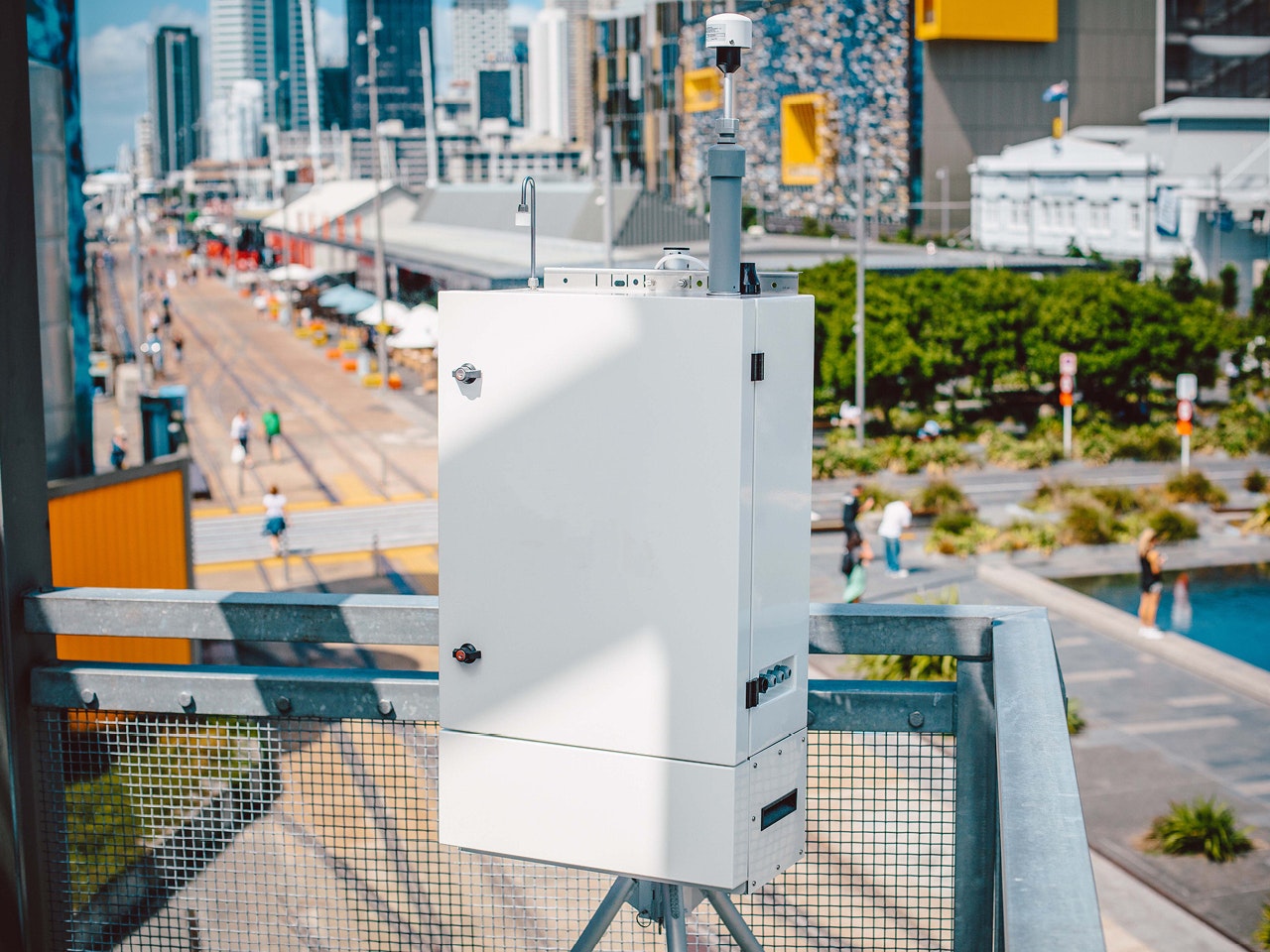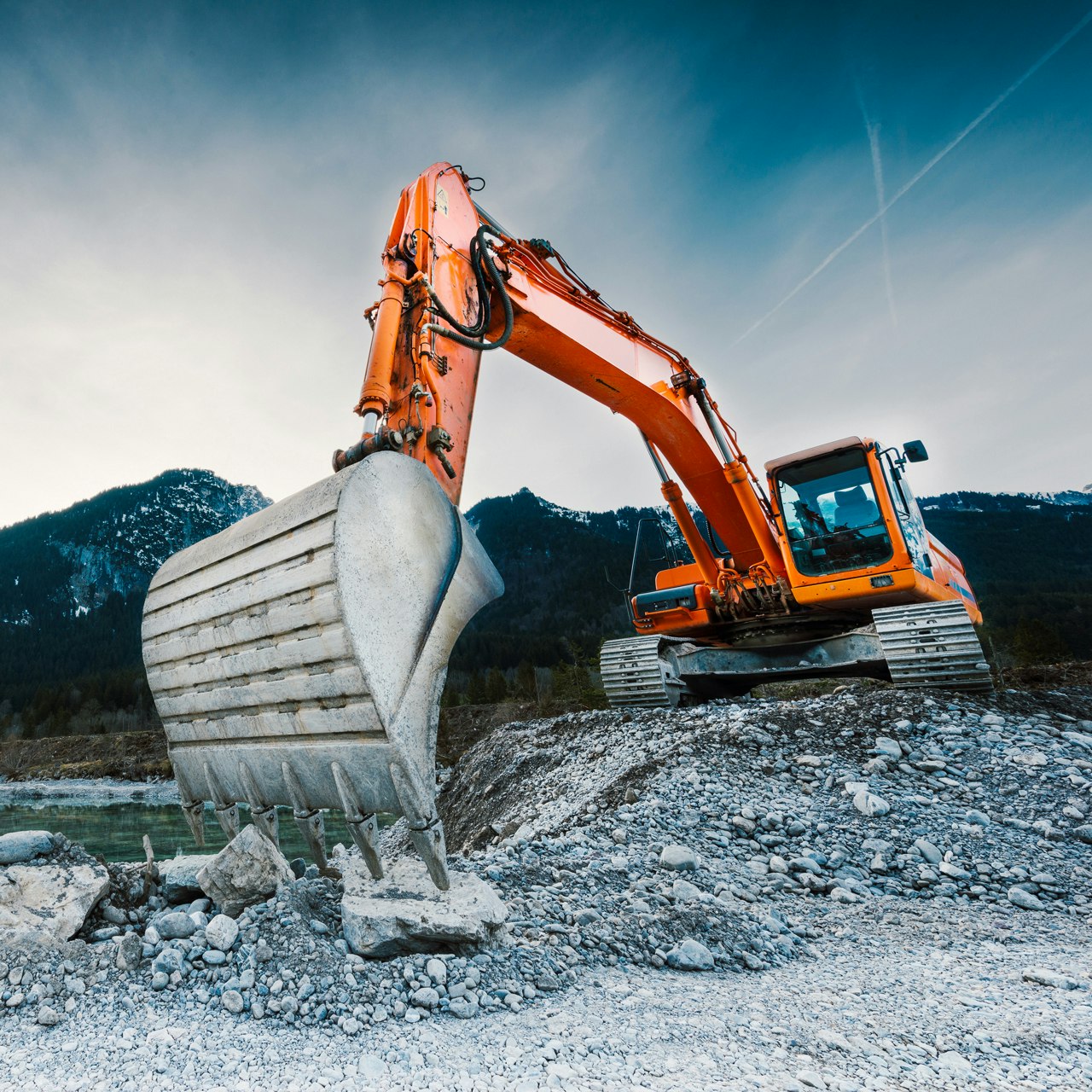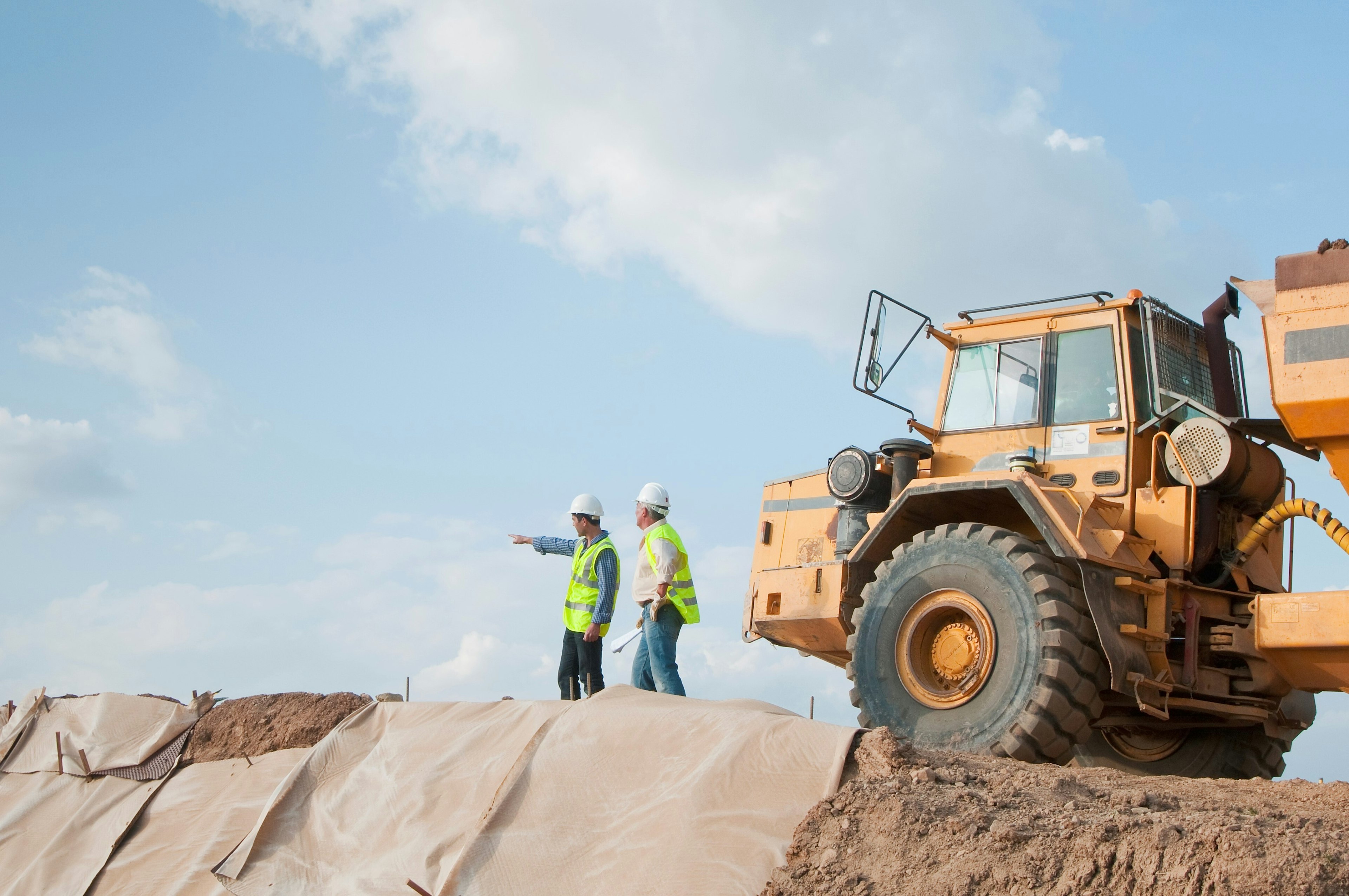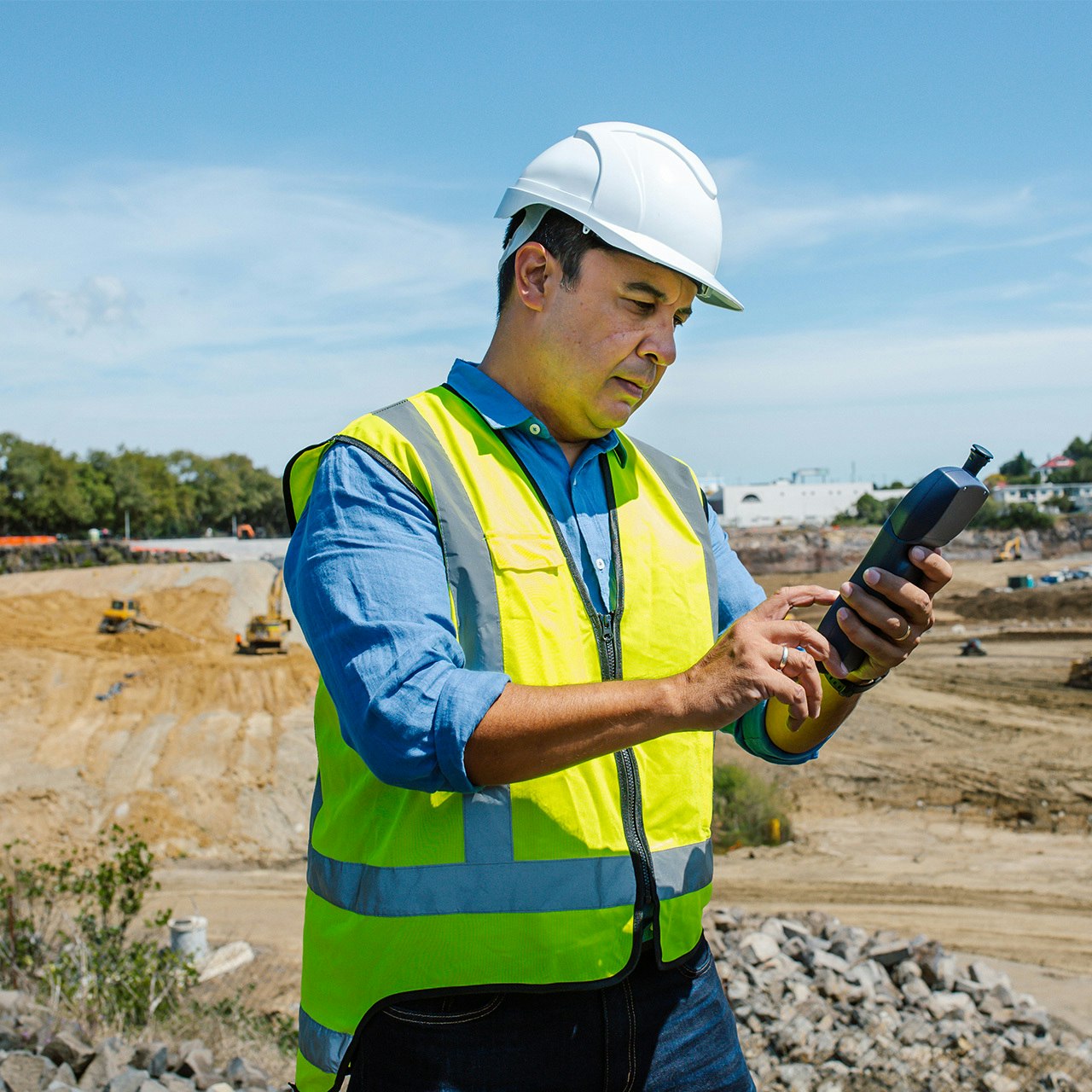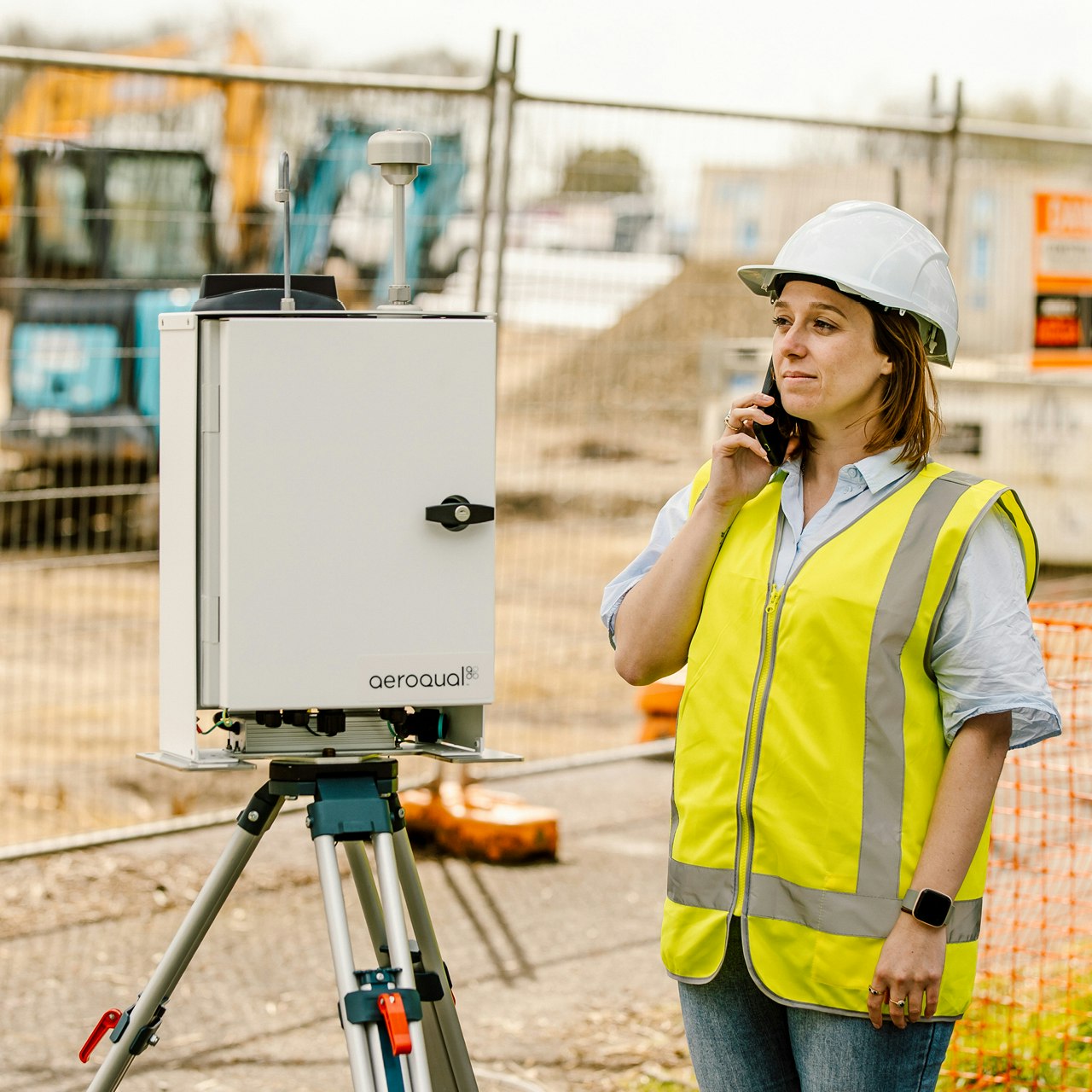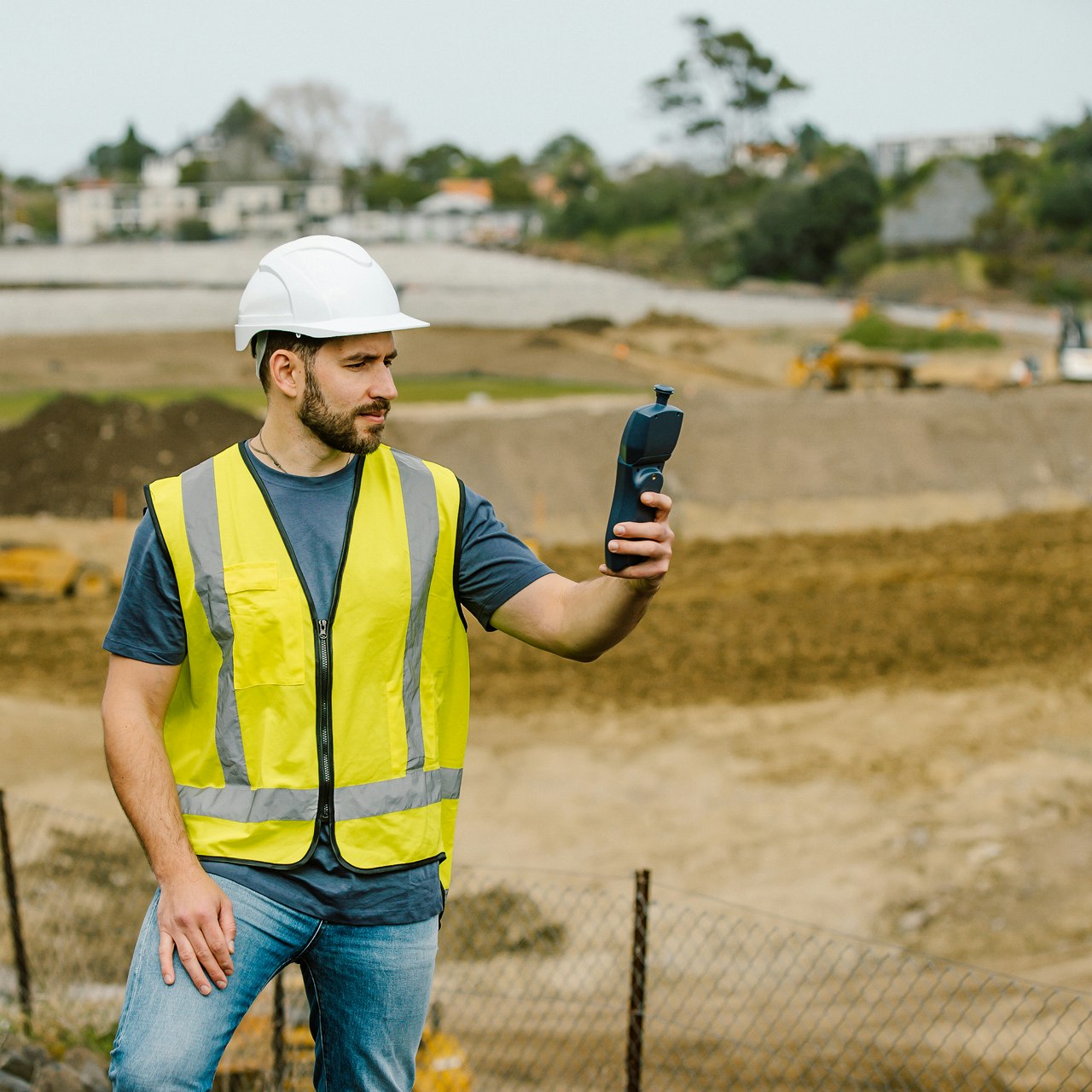Blog
Air Monitoring Technology for DER-10 CAMP Compliance
Article Details
Last Updated
14 October 2025
Published
19 August 2025
Category
Remediation
Brownfield development is on the rise as construction companies look to clean up unused land, transform urban environments, and realize significant commercial potential. For US-based developers, and particularly those on the East Coast, the New York State Department of Environmental Conservation’s (NYSDEC) DER-10 Technical Guidance document is essential reading.
Across 225+ pages, DER-10 provides developers and consultants with detailed brownfield remediation requirements, including environmental site assessments, clean-up guidelines, community air monitoring plans (CAMP), and post-cleanup activities.
To help streamline your DER-10 CAMP compliance efforts, we’ve condensed all the most important information in a short eBook, “Air Monitoring Technology for DER-10”, available for free download here.
Whether you’re an experienced consultant or an emerging air quality professional, this eBook acts as a CAMP quick reference guide on everything from mitigation actions to siting guidance and essential monitoring technology. Here, we’ll touch on a few key aspects of the wider eBook, including key Aeroqual innovations helping consultants successfully maintain DER-10 compliance.
DER-10 CAMP requirements
Under DER-10 rules, all consultants and project managers must establish a Community Air Monitoring Plan (CAMP). CAMP requirements include continuous real-time monitoring of volatile organic compounds (VOCs) and PM10 at upwind and downwind locations during demolition or earth-moving activities. The difference between upwind and downwind measurements is used to calculate whether an exceedance has occurred and determine an appropriate mitigation action. A link to an example DER-10 CAMP plan is included within the eBook, showcasing in simple terms how to set out a response table, quality assurance methodology, and other reporting requirements.
Automatic Baseline Correction (ABC)
Baseline drift is a common problem for many outdoor gas sensors, causing unreliable data capture that can result in regulatory non-compliance. Aeroqual’s patented Automatic Baseline Correction (ABC) technology eliminates this issue by periodically measuring the baseline and automatically correcting for sensor drift every 60 seconds, ensuring long-term stable measurement of gas pollutants.
Our ABC-equipped sensors use a proprietary selective scrubber to cycle between ambient and filtered air, correcting for cross-interferences and variations caused by changes in temperature and humidity. A combination of response algorithms and proprietary selective filters provides a stable baseline and lower detection limits for ambient gas measurements. The below graph shows sensor drift both with and without ABC technology.
ABC technology is integrated into all Aeroqual gas modules, including VOC, NO2, SO2, H2S, and other common gas pollutants. By eliminating sensor drift, ABC technology reduces the need for field recalibration, delivers more accurate measurements, and saves consultants time and money.
Aeroqual OneView
Shifting weather patterns used to require air monitors to be physically relocated around the work site as upwind and downwind locations changed. Aeroqual OneView automates site contribution calculations, capturing accurate upwind and downwind measurements based on current wind conditions. Inbuilt regulation-specific templates (including DER-10, SCAQMD Rule 1466, and NJ PAM) simplify reporting requirements, generating automated or on-demand reports, customizable as needed. Aeroqual OneView reduces overheads, lowers human risk, and helps developers and consultants to generate defensible air quality data with minimal intervention.
Optical particle counter with internal zero calibration
Under DER-10 regulations, PM10 levels must be continuously monitored at a 15-minute interval, ruling out many reference PM monitoring technologies designed for 24-hour sampling. Aeroqual’s particle mass modules have been engineered to provide continuous and simultaneous measurement of multiple particle size fractions (including PM1, PM2.5, PM4, PM10, and TSP). The Aeroqual PCX PM module uses scattered light to size and count particles via an optical particle counter. This scattered light is converted to a voltage pulse, the amplitude of which is calibrated to a particle diameter assigned to one of six particle count channels.
The PCX module also features automatic internal zero calibration. Users have the option to trigger zero calibration on start-up, schedule it on a continuous cycle, or trigger it manually using Aeroqual Cloud, our integrated air monitoring software. With remote sensor diagnostics and real-time monitoring of sensor health, Aeroqual Cloud further reduces the need for on-site visits and facilitates easy compliance.
Want to know more?
Recent advances in air quality monitoring technology make DER-10 CAMP compliance easier than ever, provided you’re equipped with a leading solution. For simultaneous measurement of multiple particle mass (PM) size fractions and airborne gas pollutants with near-reference accuracy, try the Aeroqual AQS 1 Air Quality Monitor.
Download the full Air Monitoring Technology for DER-10 eBook for your guide to satisfying CAMP requirements, along with how Aeroqual’s all-in-one air monitoring systems reduce maintenance and calibration costs while consistently producing trustworthy, compliance-ready data.
Related products
Remediation air quality monitoring made easy
Ensure worker health and safety with defensible real-time data you can trust.




